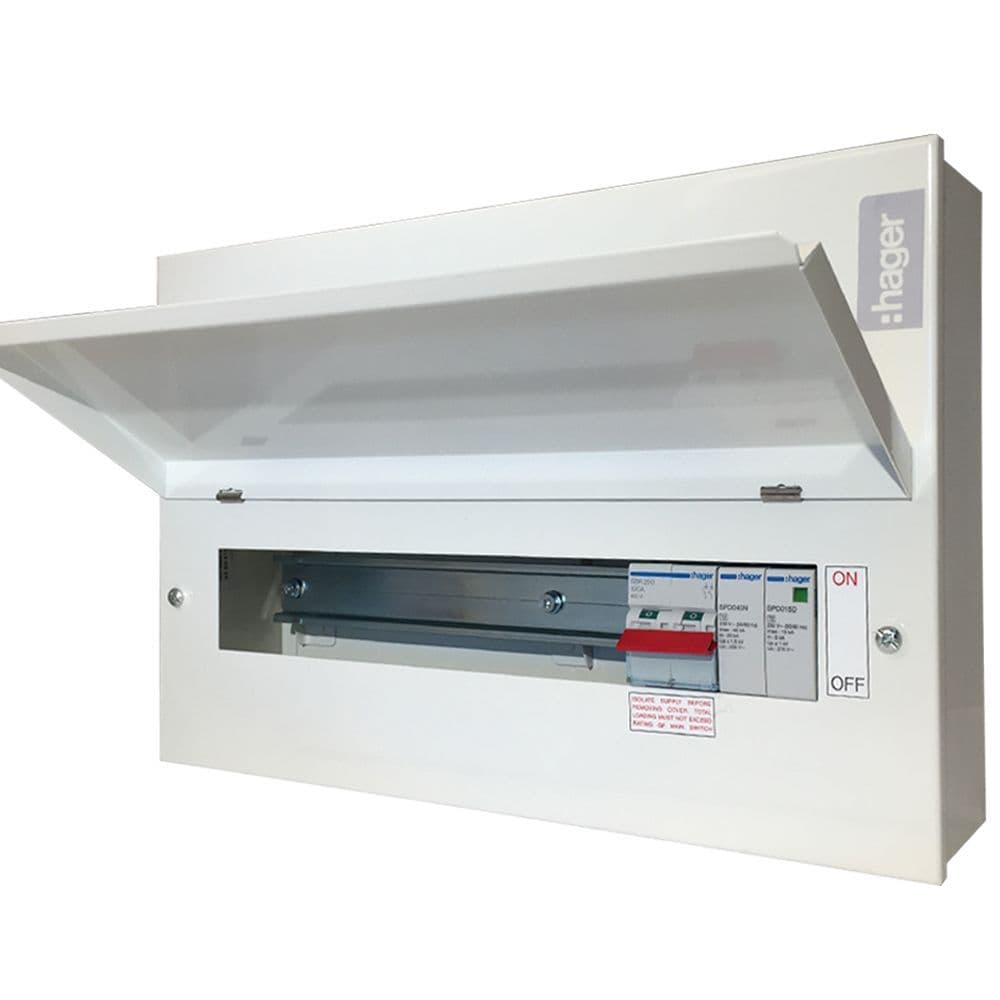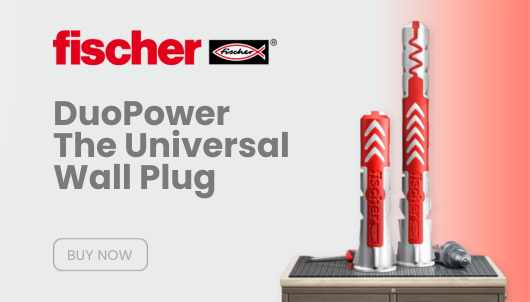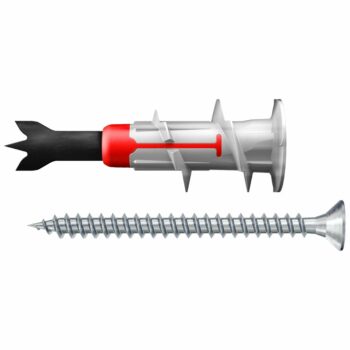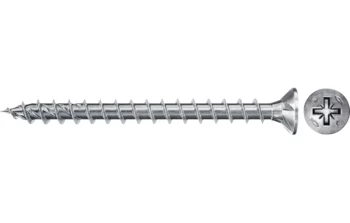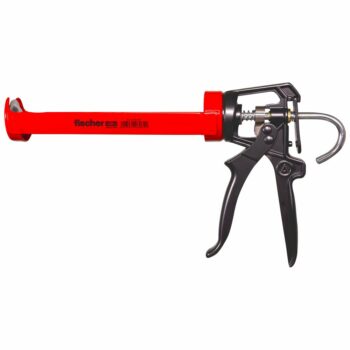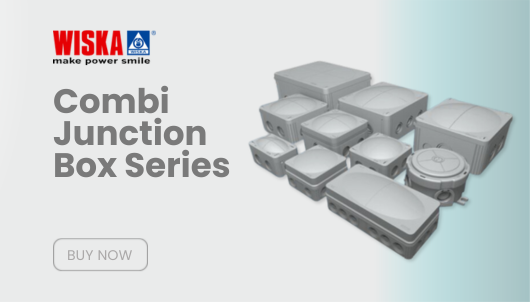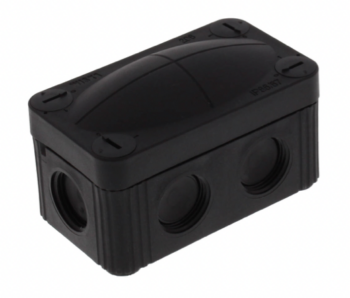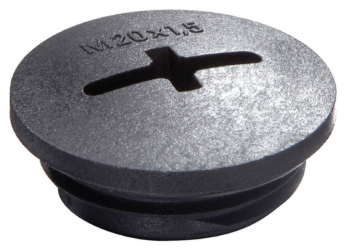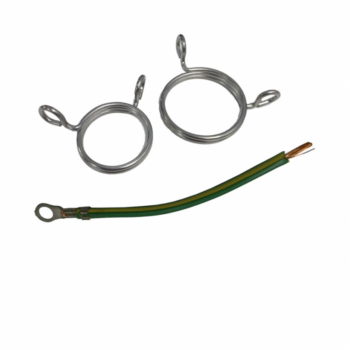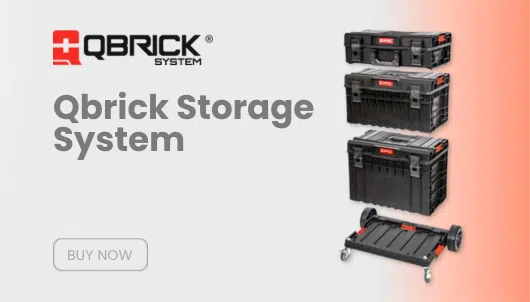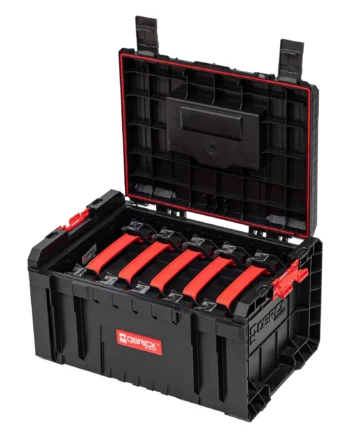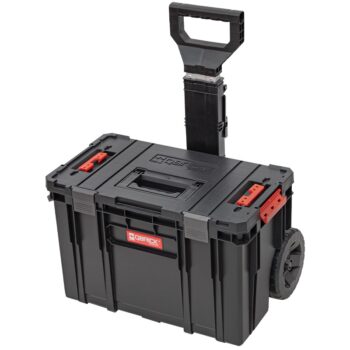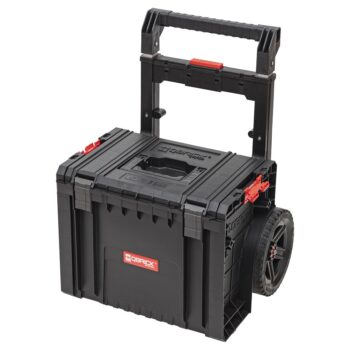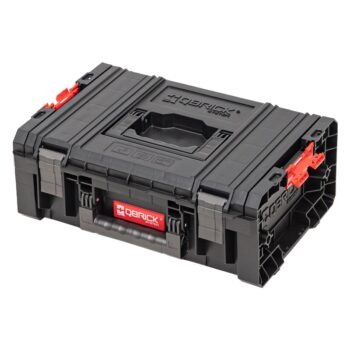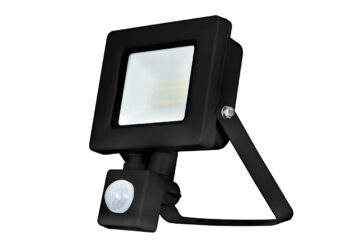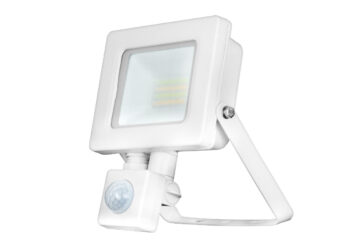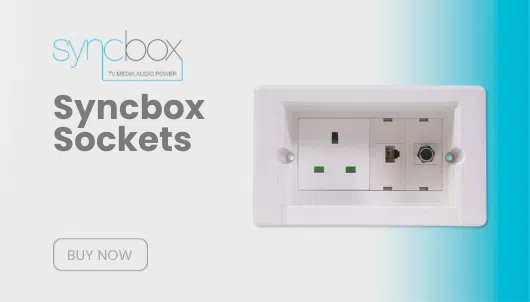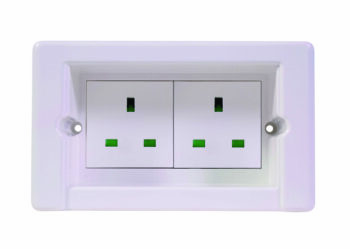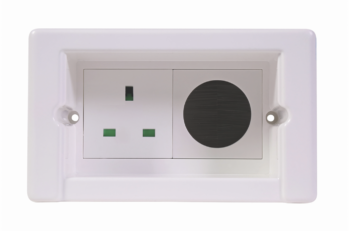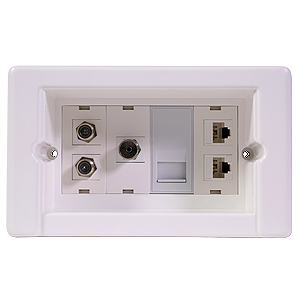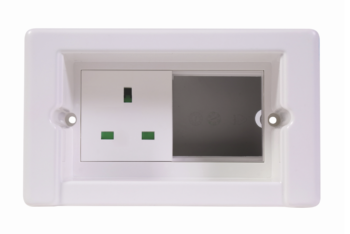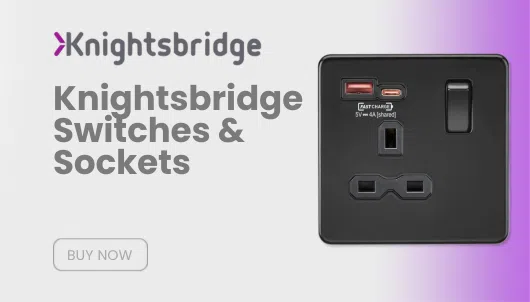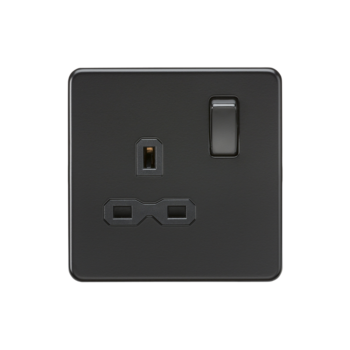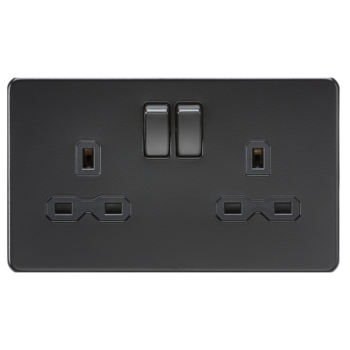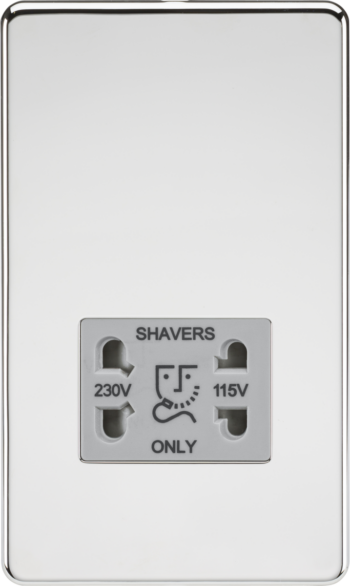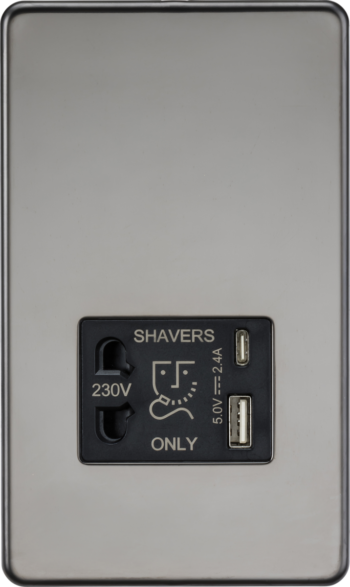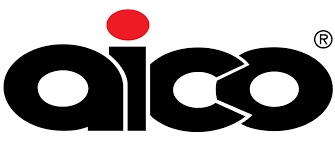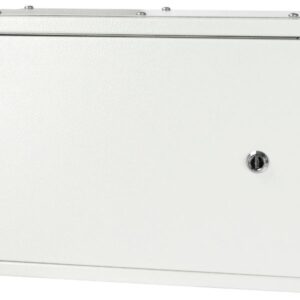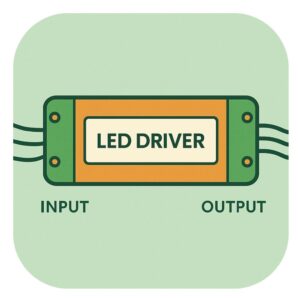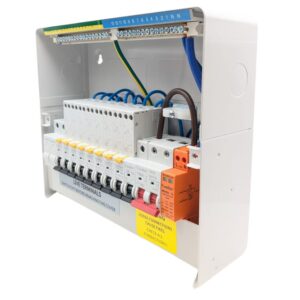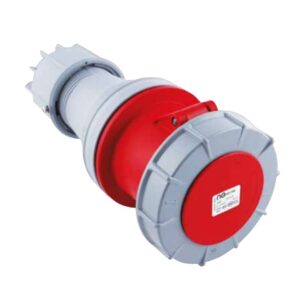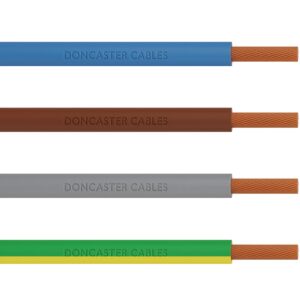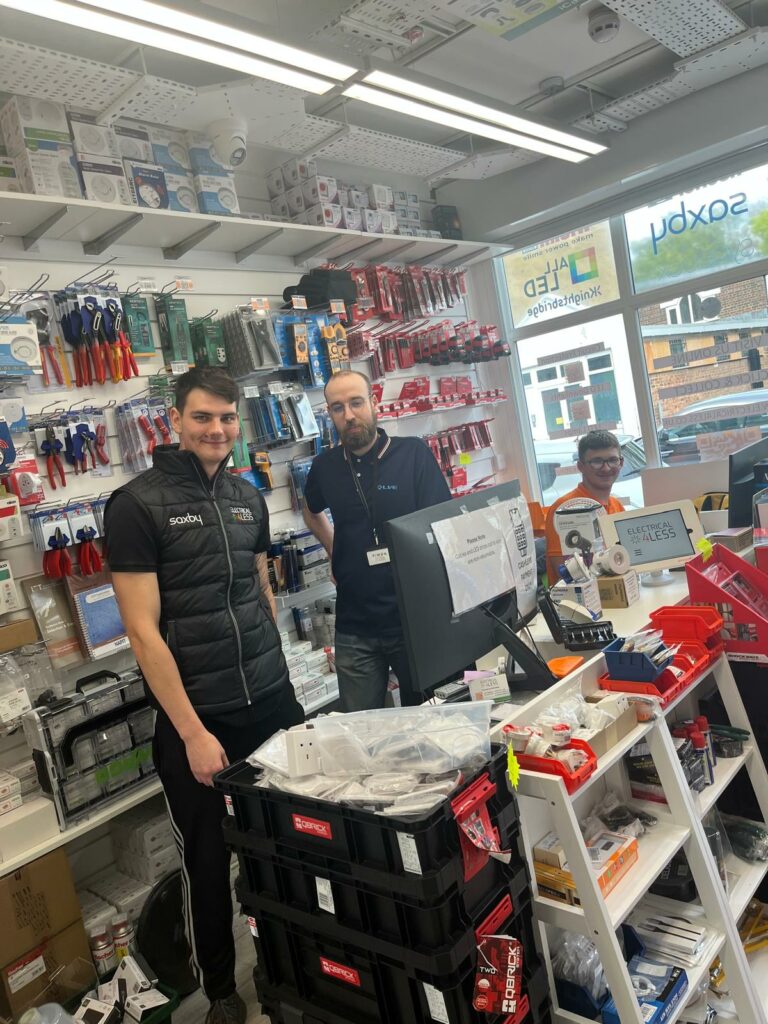The History of Consumer Units (Fuse Boxes) in England, UK
Consumer units, also known as fuse boards or fuse boxes, have been an essential part of electrical installations in England. These units distribute electricity throughout homes and buildings. Over the years, their development has reflected significant advancements in safety and technology.
Early 20th Century: The Introduction of Fuse Boxes
In the early 1900s, electricity started to become more common in English homes. To safely distribute this electricity, early fuse boards were introduced. These basic units used rewirable fuses encased in porcelain or ceramic. When the current exceeded safe levels, the fuse wire would melt, cutting off the electricity to prevent overheating and fires.

However, homeowners needed to replace the fuse wire manually, which could be dangerous if not done correctly.
Picture: Modern RCBO Consumer Unit
1930s-1950s: The Bakelite Era
During the 1930s to the 1950s, Bakelite became a popular material for electrical components, including fuse boards. This early plastic was valued for its insulating properties and resistance to heat, making it safer than earlier materials. Fuse boards from this period often featured rewirable fuses. However, replacing the fuse wire remained a challenge for many homeowners. The use of Bakelite marked a significant improvement in fuse board safety and design.
1960s: Cartridge Fuses and Standardisation
The 1960s brought the introduction of cartridge fuses, which began replacing rewirable fuses in many English homes. Cartridge fuses were more reliable and easier to replace. They came in a sealed glass or ceramic tube that could be easily slotted into the fuse board. This period also saw the start of standardisation in consumer unit design. The British Standards Institution (BSI) set guidelines for the manufacture and installation of these units. The BS 3036 standard, introduced in 1958, helped unify practices and improve safety across the country.
1970s-1980s: Miniature Circuit Breakers (MCBs) and Rising Safety Standards
The 1970s and 1980s were transformative for consumer units in England. Miniature Circuit Breakers (MCBs) began replacing traditional fuses. Unlike fuses, MCBs could be reset after tripping, eliminating the need for replacement and making the system more user-friendly.

This era also saw the introduction of the Wiring Regulations BS 7671. These regulations provided a comprehensive framework for electrical installations, including the use of consumer units. They played a crucial role in enhancing electrical safety standards across England.
Picture: Modern RCBO Consumer Unit
1990s: Residual Current Devices (RCDs) and Enhanced Protection
In the 1990s, Residual Current Devices (RCDs) became a mandatory feature in new consumer units in England. RCDs rapidly cut off the electricity supply if they detected a fault, such as a current leakage. This innovation greatly increased the safety of electrical systems in homes, significantly reducing the risk of electric shocks and fires.
21st Century: Modern Consumer Units and RCBO Technology
Today, consumer units in England are highly sophisticated and incorporate cutting-edge safety features. One of the most notable advancements is the introduction of RCBO (Residual Current Breaker with Overcurrent) units. RCBOs combine the functions of both an MCB and an RCD into a single device, offering:
- Overcurrent protection (like an MCB)
- Residual current protection (like an RCD)
- Comprehensive protection on a per-circuit basis
This all-in-one solution enhances safety and reliability, making it particularly useful in modern homes with complex electrical systems.
Bi-Directional RCBOs and Solar PV Installations
Another significant innovation is the development of bi-directional RCBOs. These are designed for installations that include solar photovoltaic (PV) systems. With the growing use of renewable energy sources, especially solar panels, consumer units need to manage electricity flows in both directions.

Bi-directional RCBOs monitor and protect both incoming and outgoing currents, ensuring extra safety in homes equipped with solar PV systems.
The evolution of consumer units in England shows a continuous drive towards better safety, convenience, and efficiency. From early fuse boards to today’s advanced RCBO consumer units, each development reflects the changing needs of society and advancements in electrical engineering. As renewable energy becomes more common, technologies like bi-directional RCBOs will ensure that electrical systems remain safe and reliable in an increasingly complex energy landscape.
Thank you for reading The History of Consumer Units (Fuse Boxes)

